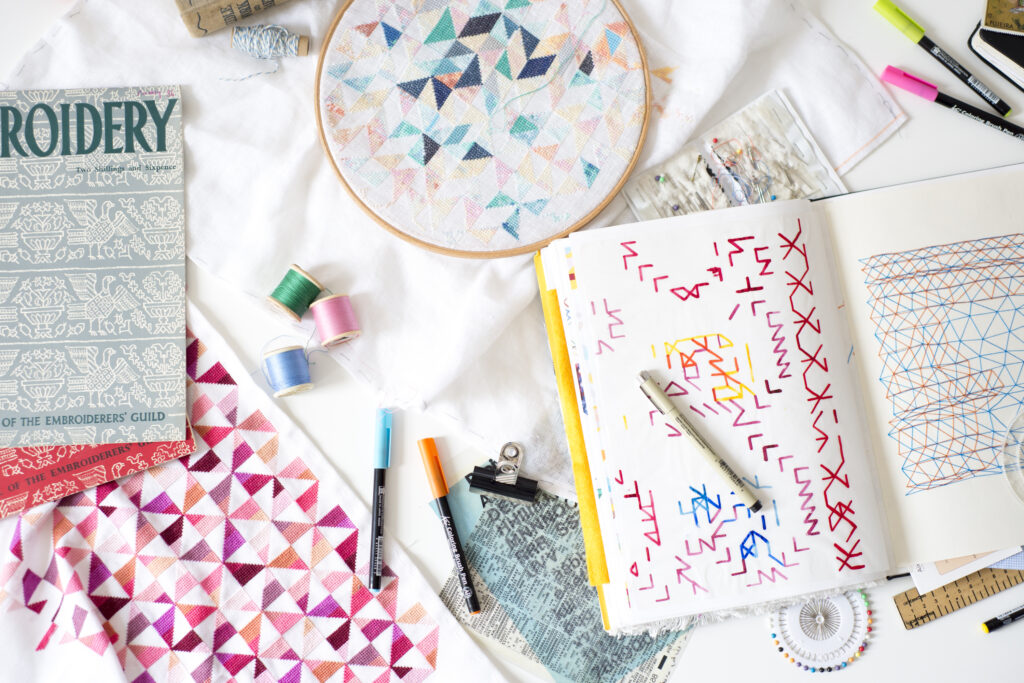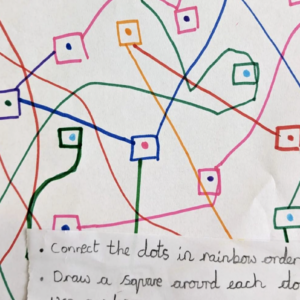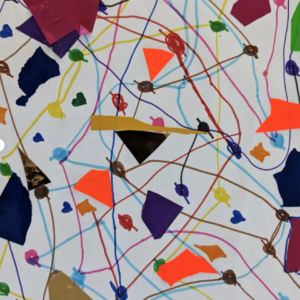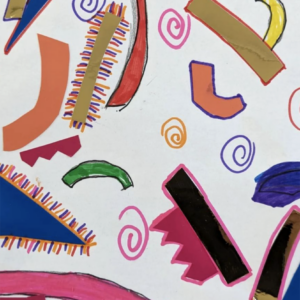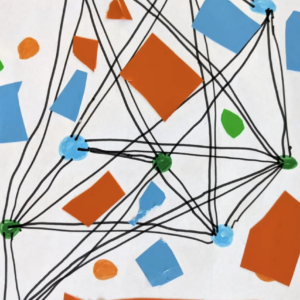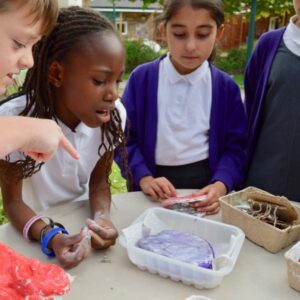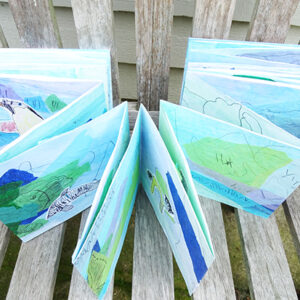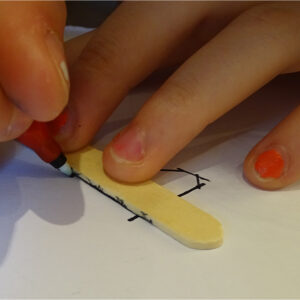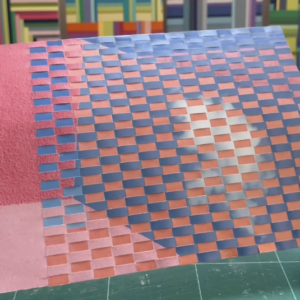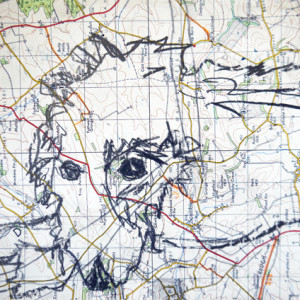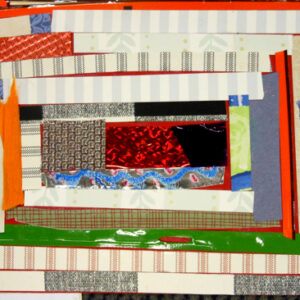Pathway: Exploring Pattern
Pathway for Years 3 & 4
Disciplines: Drawing, Collage, Design
Key Concepts:
-
That the act of making drawings can be mindful.
-
That we can use line, shape and colour to create patterns.
-
That we can use folding, cutting and collage to help us create pattern.
-
That we can create repeated patterns to apply to a range of products or outcomes.
In this pathway, children have the opportunity to explore pattern and develop a range of technical skills and knowledge through drawing and collage.
The pathway also introduces them to the idea that working with pattern can be a mindful activity, and that as humans we respond to patterns made by other people.
This pathway will take approximately half a term, based upon a weekly art lesson.
Medium:
Paper, Pens, Paint
Artists:
Rachel Parker, Shaheen Ahmed, Andy Gilmore, Louise Despont
If you use this resource in your setting, please tag us on social media: #InspiredBy @accessart (facebook, twitter) @accessart.org.uk (instagram) and share the url. Thank you!
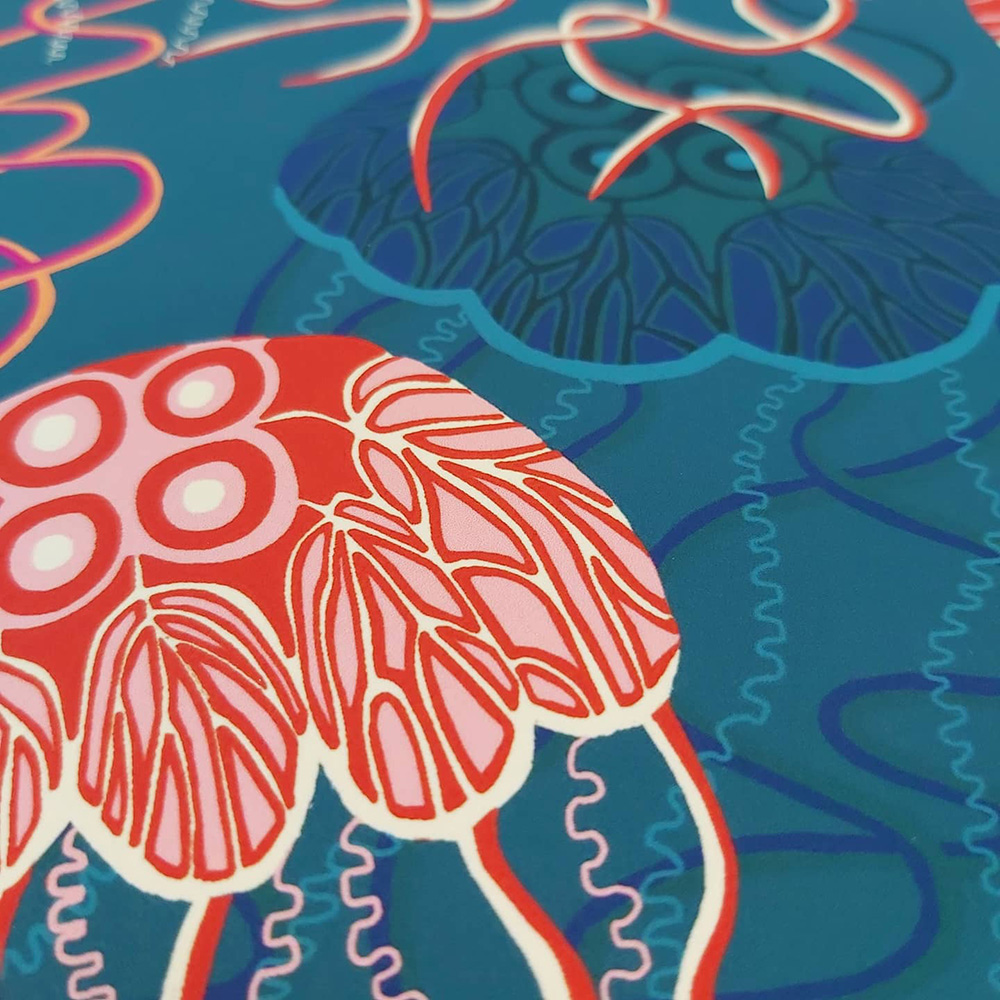
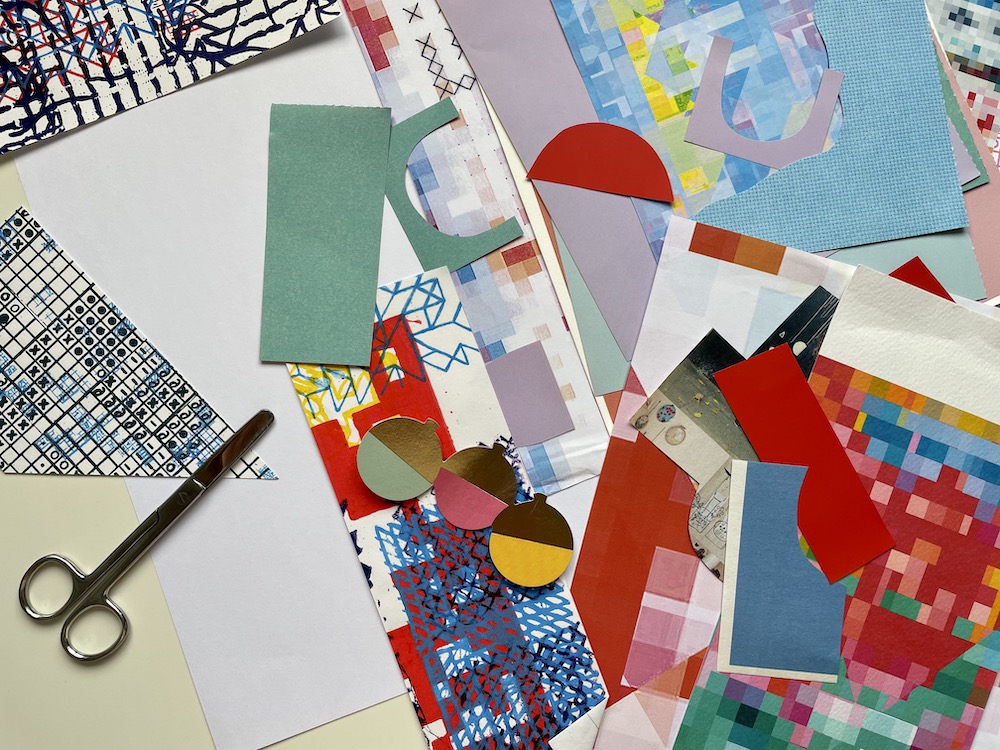

Teaching Notes
Find the MTP for this pathway here.
Curriculum Links
History: Focus on patterns from your chosen ancient civilisation.
Maths: Measuring, symmetry, tessellation/repeated patterns, orientation.
Science: Look at patterns in the structure of fruits or plants, reflections and shadows.
Music: Use music and sound when doing mindful drawing as part of this pathway.
I Can…
-
I can relax into making a sensory drawing using a pencil, making marks on the page without having a predefined outcome.
-
I have explored the work of an artist who creates artwork inspired by pattern. I have thought about where we use pattern in our life to make our worlds brighter.
-
I can work in my sketchbooks to explore how I can make drawings inspired by “rules.” I can generate lots of different types of patterns.
-
I can make a tessellated design and think about colour and shape, exploring positive and negative shapes.
or
-
I can explore the work of a surface pattern designer and make my own repeating pattern, exploring colour, shape and composition.
or
-
I can fold paper and use pattern to make an object which other people can respond to.
-
I can present and share my work. I can reflect and share my thoughts with others. I can listen to the reflections of my classmates and feedback on their work.
-
I can take photographs of my work.






